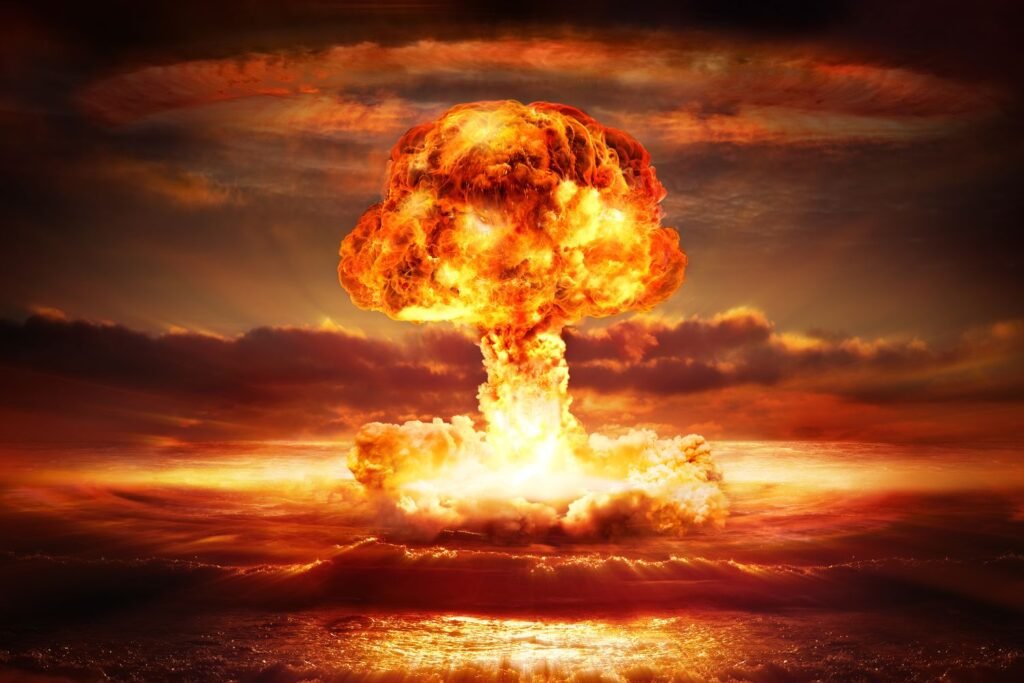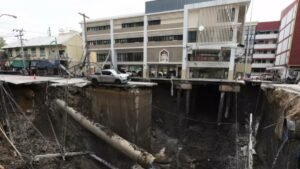The invisible explosion that shook Siberia: a mystery that science still can’t solve

In the dead of a Siberian summer night, an explosion shook the Earth with a force a thousand times greater than the bomb of Hiroshima. Over a century later, the enigma of Tunguska continues to puzzle scientists and enthusiasts alike. Was it an unknown natural phenomenon, a cosmic catastrophe… or? The answers remain as elusive as the smoke that covered the skies that morning.
### The day the sky burned without warning
On June 30, 1908, a strange light crossed the clear skies of central Siberia at 7:14 in the morning. The Evenks, a nomadic reindeer herding people, witnessed a terrifying phenomenon: a blinding flash, followed by a shockwave that knocked people and animals to the ground, felled thousands of trees, and reduced their camps to ashes.

In the days following, the night skies of Europe were lit up with unusual reflections, visible as far as the Caucasus, over 4,500 kilometers away. However, no bomb had been dropped, and there was no crater, no fragments, no explanation.
The epicenter of the phenomenon was located near the Tunguska River, but it wasn’t until 1927 that a scientific expedition led by Soviet geologist Leonid Kulik was able to explore the area. What they found was puzzling: a vast area of trees laid out radially, as if something had exploded from the sky, but without leaving a solid trace.
### A devastating force without a face or body
Scientific estimates point to an energy release of between 10 and 15 megatons of TNT. This is equivalent, according to current calculations, to a thousand times the destructive power of Hiroshima. And yet, there is no crater, no identifiable remnants of any celestial body.

The most accepted theory suggests that an asteroid about 50 meters in diameter entered the atmosphere and exploded at a height of between 5 and 10 kilometers, causing devastation without touching the ground. This would explain the butterfly-shaped pattern of the affected area and the absence of an impact.
Research in the 1950s and 1960s found metallic microparticles in deep layers of peat, with elements such as nickel, iridium, and cobalt. Their composition is consistent with extraterrestrial origin. However, it was not possible to determine whether they came from an asteroid or a comet. The lack of significant fragments hinders pinpointing their origin.
### Hypotheses beyond orbit: antimatter, black holes, and cosmic rebounds
The lack of concrete evidence has fueled all kinds of alternative theories. In the 1960s, the idea of antimatter annihilation emerged. According to this hypothesis, the object would have been annihilated upon contact with terrestrial matter, releasing all its energy without leaving physical residues. Although plausible from a theoretical standpoint, such an object has never been observed in the known universe.
Another theory suggests that a micro black hole traversed the Earth, causing a detonation in Siberia and another in the North Atlantic. However, no secondary signals, such as gravitational effects, have been detected to support this hypothesis.
More recently, in 2020, Siberian researchers proposed that the object bounced off the Earth’s atmosphere and continued on its path towards the Sun. If this had happened, it would have traveled about 3,000 km at a height of 11 km without touching the ground. However, this would require an extremely precise trajectory and an uncommon speed for celestial bodies, making this theory also difficult to verify.
### Between science and speculation
The most extravagant proposals range from a supposed failed experiment by Nikola Tesla with his energy tower in New York to the collision of a comet or phenomena like the “fireball.” Though intriguing, none of these ideas have been supported by solid evidence.
The mystery of Tunguska is not simply a scientific oddity. It is a symbol of our limitations in understanding certain natural events. Despite all the technology available today, we have not been able to reproduce a similar phenomenon or explain it definitively.
Perhaps that’s why it continues to generate fascination: it’s an event that seems to blend the real with the impossible, a reminder that our planet can still surprise us with events that defy logic and modern science.
### An enigma that withstands the test of time
Over a hundred years later, Tunguska remains a unique case. We know what happened: a colossal explosion decimated the Siberian taiga. But we do not know precisely what caused it. Too strange to be natural, too incomplete to confirm cosmic theories, and too perfect to leave a trace.
Maybe one day we will have evidence that allows us to close this chapter of history. In the meantime, the Tunguska event remains one of the great unsolved mysteries of the 20th century… and perhaps of all history.







